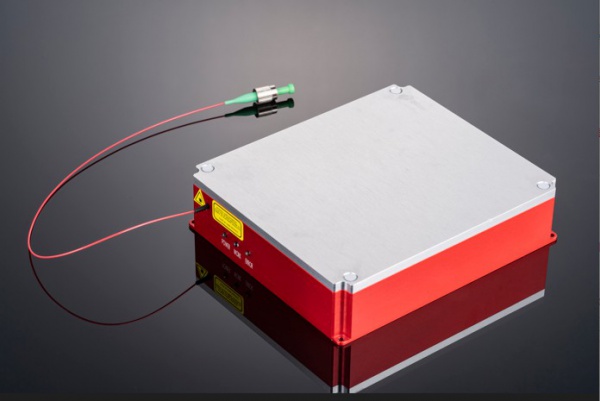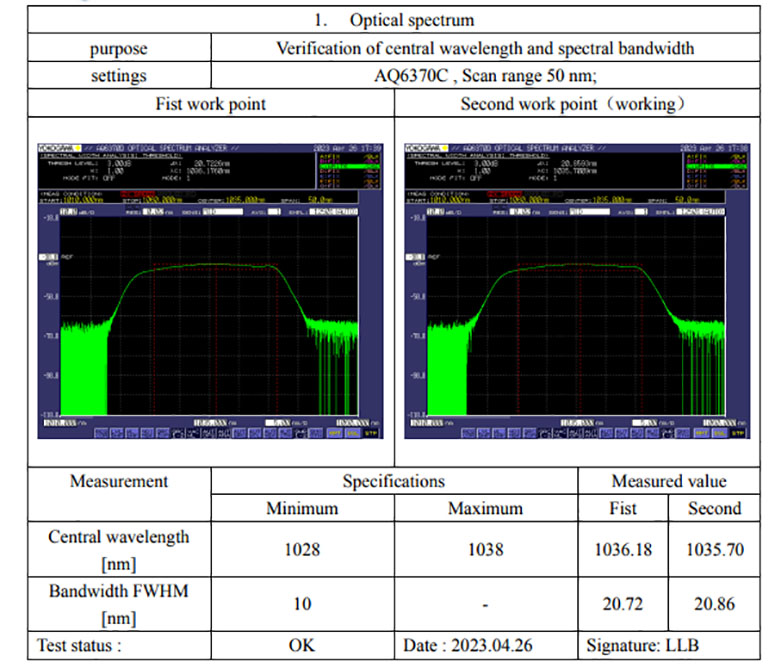With the rapid advancements in laser technology, the introduction of picosecond fiber laser modules has brought about a significant breakthrough. These modules offer unparalleled precision and efficiency, making them an indispensable tool in various scientific and industrial applications.
The Power of Picosecond Fiber Laser Module

Picosecond fiber laser modules are known for their ultra-short pulse duration, typically ranging from picoseconds to nanoseconds. This short pulse duration allows for precise material processing with minimal heat-affected zones. The high peak power generated by these lasers enables efficient ablation, cutting-edge micro-machining, and surface modification.
Moreover, the compact size and robust design of picosecond fiber laser modules make them highly versatile and suitable for integration into existing systems or standalone operation. Their compatibility with different wavelengths further expands their range of applications across various industries such as electronics manufacturing, medical research, and aerospace engineering.
The Role of Femtosecond Laser Seed Source
A crucial component within the picosecond fiber laser module is the femtosecond laser seed source. This seed source generates ultrashort pulses at femtosecond timescales which serve as the initial input for subsequent amplification processes within the module.
The use of femtosecond pulses ensures exceptional temporal resolution that translates into superior beam quality during amplification stages. By harnessing this advanced technology, researchers can achieve higher precision levels in micromachining tasks like drilling micro-holes or fabricating intricate patterns on delicate materials like glass or polymers.
Innovative Optizone Technology
An outstanding feature found in some state-of-the-art picosecond fiber laser modules is Optizone Technology. This innovative approach optimizes the beam quality and stability by dynamically adjusting the laser parameters based on real-time feedback. This ensures consistent performance even in challenging environmental conditions or during extended operation periods.
Optizone Technology also enables precise control over pulse duration, repetition rate, and energy output, allowing researchers to tailor their experiments according to specific requirements. The flexibility provided by this technology opens up new possibilities for scientific exploration and industrial applications that demand high precision and reliability.
In Conclusion
Picosecond fiber laser modules equipped with femtosecond laser seed sources and Optizone Technology have revolutionized laser technology. Their ability to deliver ultra-short pulses with exceptional precision has transformed various industries, enabling groundbreaking research and enhancing manufacturing processes. As we continue to push the boundaries of what is possible, these advancements will undoubtedly pave the way for further innovation in laser-based technologies.

